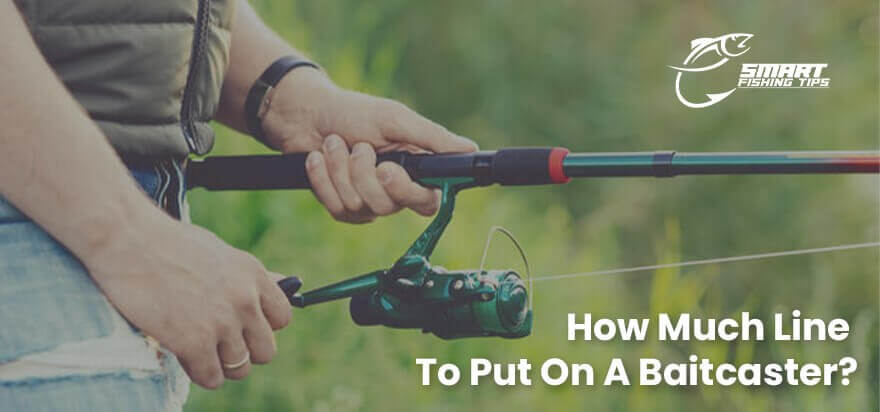Lack of knowledge on “How much Line to put on a baitcaster” has created a lot of confusion among novice anglers and this ill information has led to the wastage of time, money, and energy. In this article, we are going to uncover this mysterious, intimidating, and controversial topic in a way that will make you enough skillful to cope with the issue easily and effectively. First, we will cover some crucial factors like baitcasting reel sizes & their line capacities and different types of fishing lines that have a direct link to our problem. Then we will talk about how we can deal with this issue in a step-by-step guide.
Different Sizes of Baitcasting Reels & Their Line Capacities
How much line to put on a baitcaster depends on factors like the type and size of a baitcasting reel because not all baitcasting reels are the same. Plus it also depends on the type and size of the fishing line. Usually, low profile baitcasting reels tend to hold less fishing lines because of their smaller size and normal or rounded baitcasting reels tend to hold more fishing lines because of their larger size.
In the upcoming segments of this section, we will talk about different sizes of low profile and normal baitcasting reels along with their line capacities in great detail so that you will be able to figure out how much line to put on a baitcaster on your own.
Low Profile Baitcasting Reels
- Low profile baitcasting reels of size 100 are the smallest baitcasting reels in this category, weigh between 5 and 9 ounces and can hold somewhere between 100 and 170 yards of 12-pound test monofilament fishing line.
- Low profile baitcasting reels of size 200, weigh between 5 and 9 ounces and can hold somewhere between 100 and 170 yards of 12-pound test monofilament fishing line.
- Low profile baitcasting reels of size 300, weigh between 9 and 12 ounces and can hold around 120 yards of 20-pound test monofilament fishing line.
- Low profile baitcasting reels of size 400 and up, weigh between 15 and 18 ounces and can hold around 190 yards of 20-pound test monofilament fishing line.
Normal or Rounded Baitcasting Reels
- Baitcasting reels of size 4000 in this category, weigh between 8 and 12 ounces and can hold somewhere between 150 and 175 yards of 12-pound test monofilament fishing line.
- Baitcasting reels of size 5000 in this category, weigh between 10 and 15 ounces and can hold somewhere between 200 and 230 yards of 14-pound test monofilament fishing line.
- Baitcasting reels of size 6000 in this category, weigh between 11 and 17 ounces and can hold around 250 yards of 14-pound test monofilament fishing line.
- Baitcasting reels of size 7000 and up in this category, weigh up to 23 ounces and can hold around 250 yards of 20-pound test monofilament fishing line.
You May Also Check: 7 Best Salmon Rod For The Money
Types of Fishing Lines We Use for Baitcaster
1. Monofilament Fishing Line
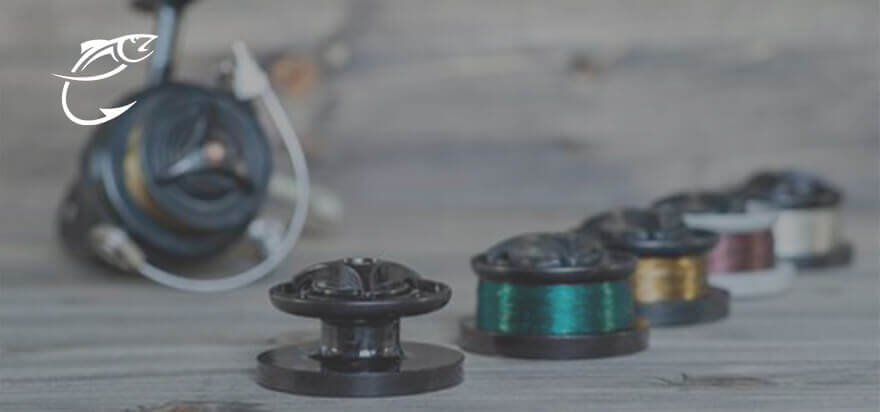
The monofilament fishing line is the easiest fishing line to handle among these three categories. That’s why it is recommended to novice anglers. It is cheaper as compared to other lines but at the same time, it stretches well. Don’t select a too thin fishing line as it will come off the spool too easily. And don’t select too thick a fishing line as your spool will hold less yards of the line due to thickness. A fishing line between 12 and 20 pounds is considered ideal among most anglers.
Some anglers prefer to use it as their mainline while others as a leader. It can also be used as a backing line when using a braided line as the main fishing line. Due to its ability to float, it is best to be used as a leader in top waster fishing.
2. Fluorocarbon Fishing Reel
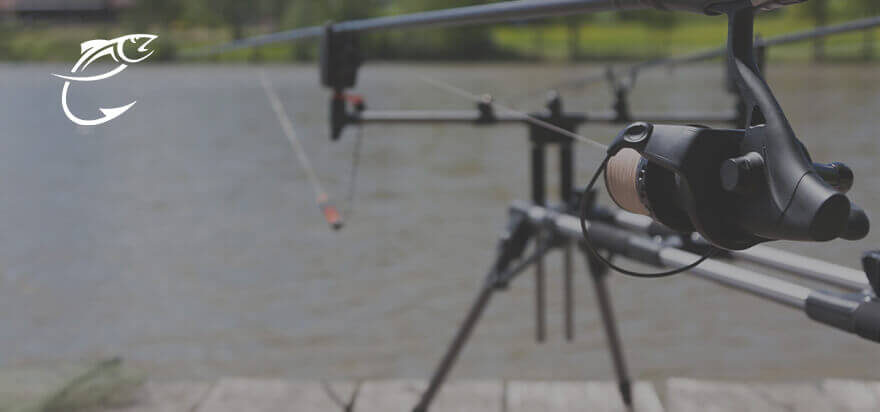
As compared to the monofilament fishing line, this line is somewhat stiffer and more sensitive. Due to the refractive nature of its constituents, it blends well in water and is harder for a fish to spot. Plus it sinks well as compared to the monofilament fishing line. Due to these properties, most anglers prefer this fishing line for deep fishing.
Some anglers prefer to use it as their mainline while others as a leader. It can also be used as a backing line when using a braided line as the main fishing line.
3. Braided Fishing Line
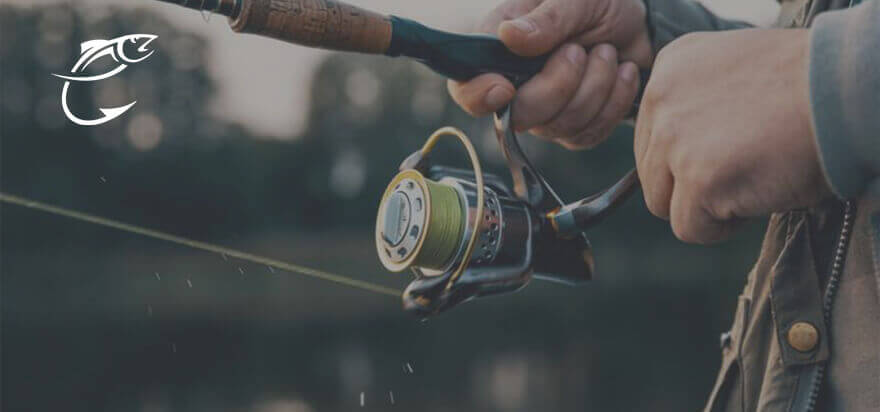
The braided fishing line is the most expensive fishing line among all three categories. Although it is thinner as compared to other lines, it is made from ultra-strong and high-tech materials resulting in more strength and durability. Due to its thin and slippery nature, it cannot be directly wrapped onto the spool. So, to deal with this problem, a backing line of either fluorocarbon or monofilament is spooled first.
Due to its tendency to tangle, it is not recommended to novice anglers but for experienced anglers, nothing is more preferable than a long-lasting braided line.
How to Put Line on a Baitcasting Reel?
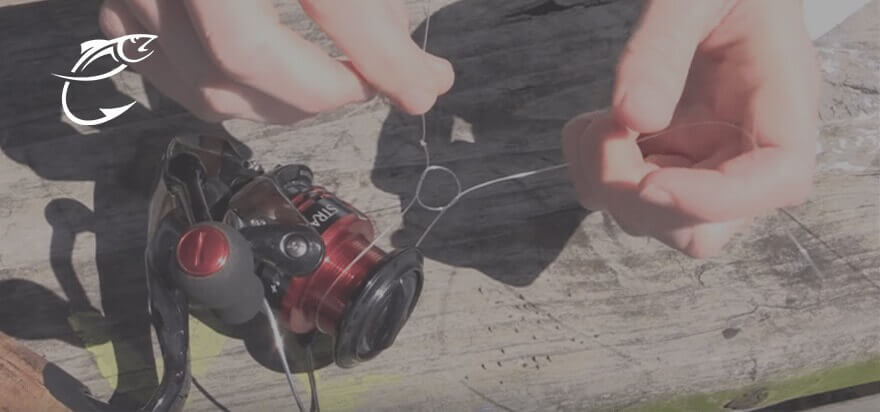
Now that you know about different sizes of baitcasting reels & their line capacities along with different types of fishing lines, finally, it’s time to answer how to put line on baitcaster. The following segments of this section contain a step-by-step guide on how to string a baitcaster. We are using a braided line as the mainline here for demonstration. And there are several reasons for this selection:
- Other lines break when your hook gets caught in a tree or weeds but the braided line, due to its durability lasts.
- You can cover more distance when casting using a braided line.
- It makes your road feel like a higher-end model.
- It lets you cast more smoothly due to its thin and slippery nature.
- It doesn’t get tangled so easily.
- Fish can’t bite it and chop it off due to its durability.
You May Also Read: How To Cast An Open Face Reel Like An Expert Angler
1. Put Your Backing Line OnTo Spool First
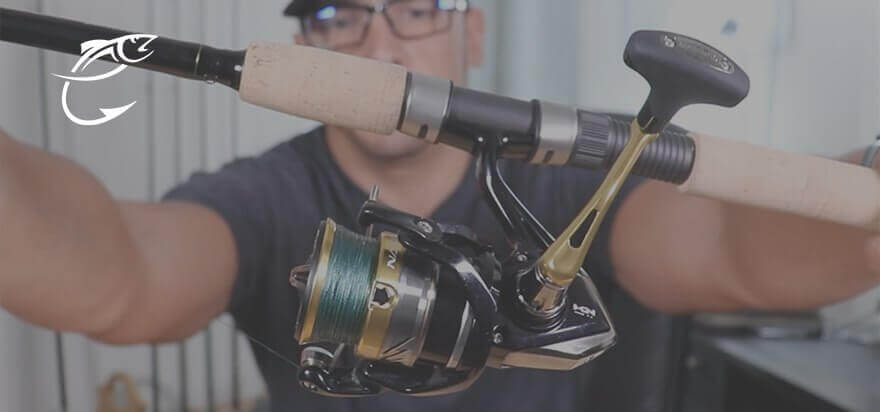
A backing line is a fishing line that goes directly onto your spool and after this backing line, comes your main line. You can’t put braided line directly onto your spool. Due to its thin and slippery nature, it has a hard time sitting onto the metal spool. That’s why you need to put a backing line first and then a braided line after.
You can use either a monofilament fishing line or a fluorocarbon fishing line as your backing line. Whatever backing line you choose, tie it onto your metal spool using Arbor knot and then do a few rounds of backing line wraps onto the spool.
2. Put Your Braided Line onto Spool
Now that you have prepared your spool with a backing line, it’s time to go for a braided line.
- If you have your rod attached to your baitcasting reel, put your line through the rod guides first.
- Stick your line through the small hole on your reel that moves from one side to another.
- Use the Albright knot to tie your braided line to your backing line on the spool.
- Hold your braided line tight and do a couple of wraps.
- Run line between your thumb and fingers while turning the handle to spool straight.
Now that you know how much line to put on a baitcaster, you might be wondering how much line to put on baitcaster? Well, the answer lies in the size of the baitcasting reel and fishing line. Usually, a large reel can hold up to 300 yards of thin line and a small reel can hold up to 100 yards of thick line.
There are two limits to remember when putting the line onto your reel. First, don’t put too much line as it will jump off the spool in coils resulting in tangles and knots. Second, don’t fill it halfway as it will not be a good cast. The general rule is to put enough line until there is a 1/8 inch gap between the line and top of your spool.
3. Put Your Leader Line in the End
A lot of anglers prefer to use a different fishing line as their leader according to the environment they are fishing in. Due to its ability to sink well, fluorocarbon fishing line is used as leader line. The Monofilament fishing line is used as the leader when you are deep fishing because it can float well. Whatever fishing line you choose to be your leader line, knot it from 6 to 9 feet from the main braided line.
Tips to Avoid Backlashes
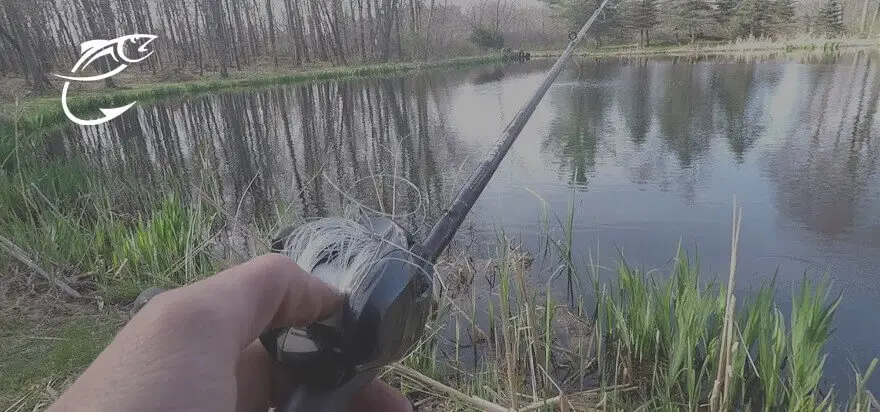
- Adjust your spool tension by adjusting the drag knob. The amount of drag in your spool determines how easily your spool can spin when casting or retrieving the line.
- Adjust reel brakes very well to reduce and backlashes in your spool.
Conclusion
After going through this valuable and comprehensive article, you can put yourself among those anglers who are well-informed on how to put line on a baitcasting reel as well as how much line to put on a baitcaster. This skill of spooling your reel properly is going to save you from the hassles of cleaning mess as a result of improper spooling.

